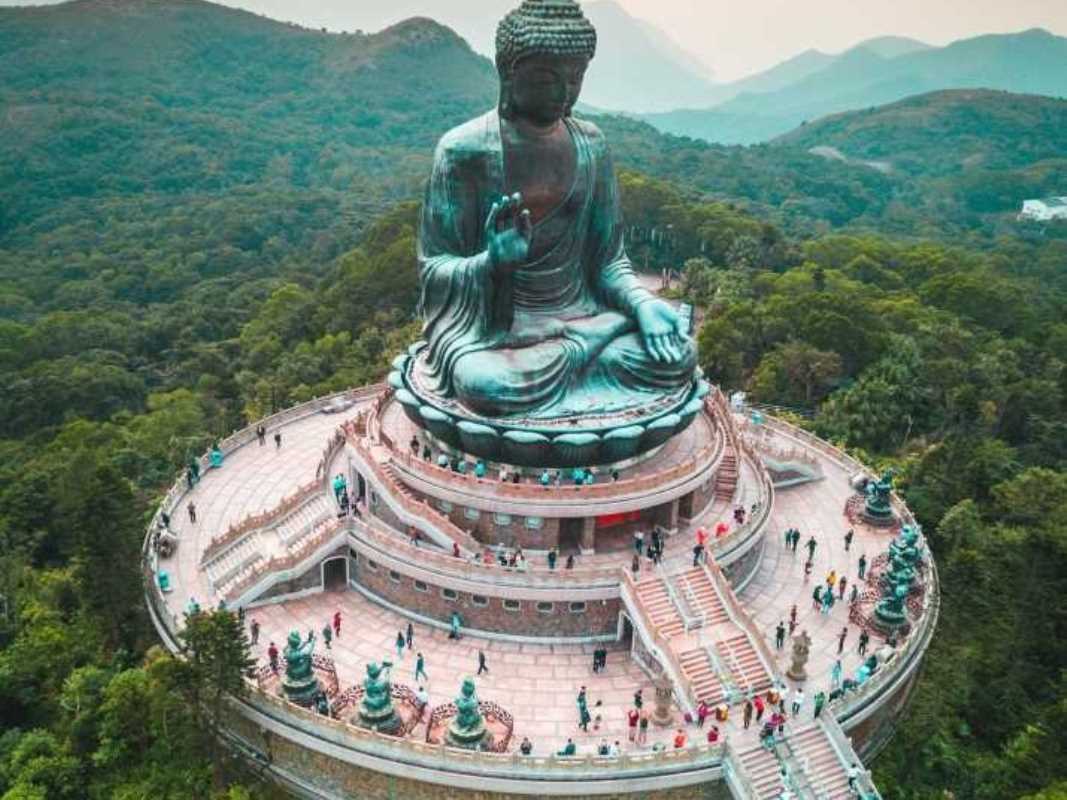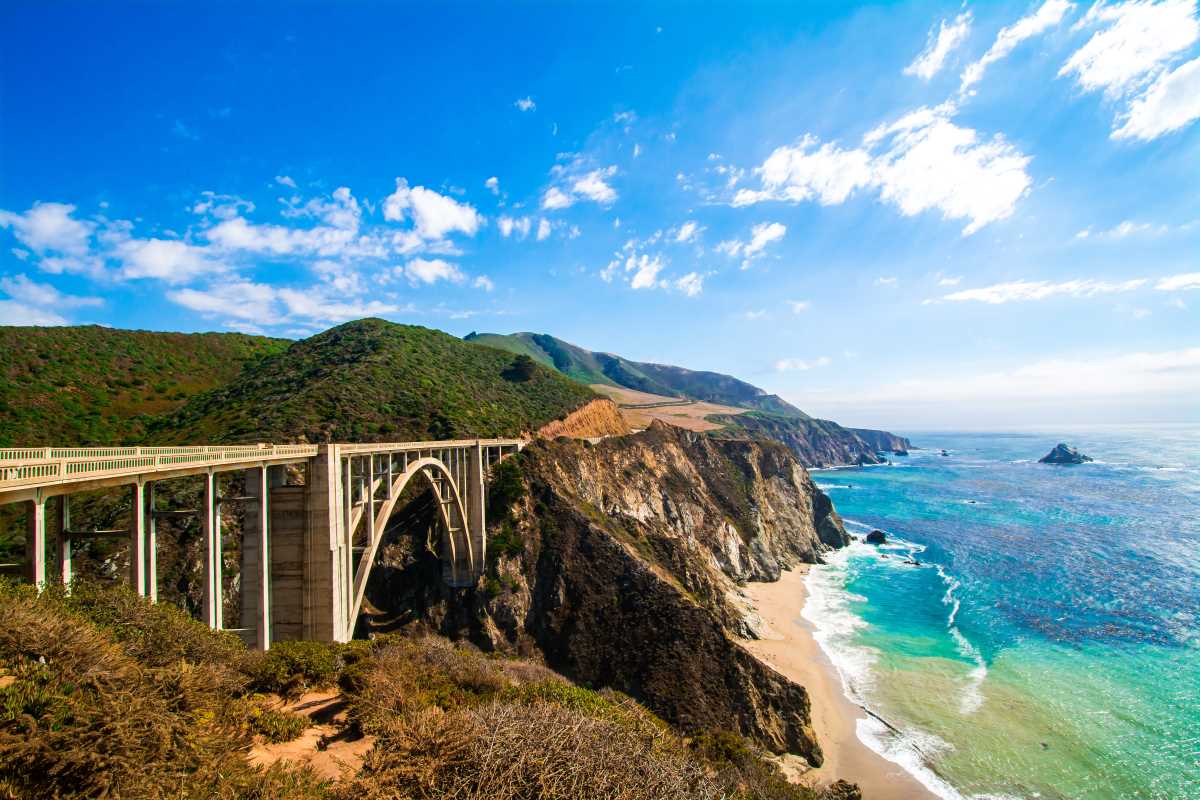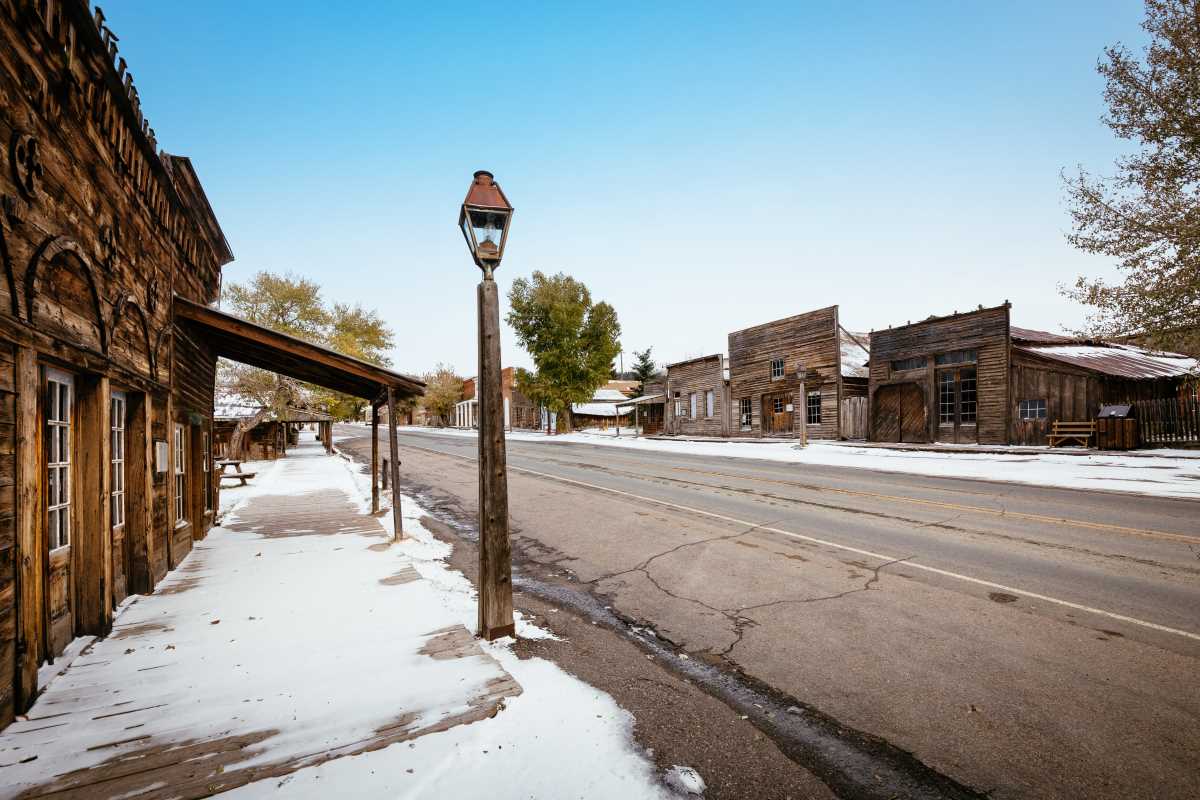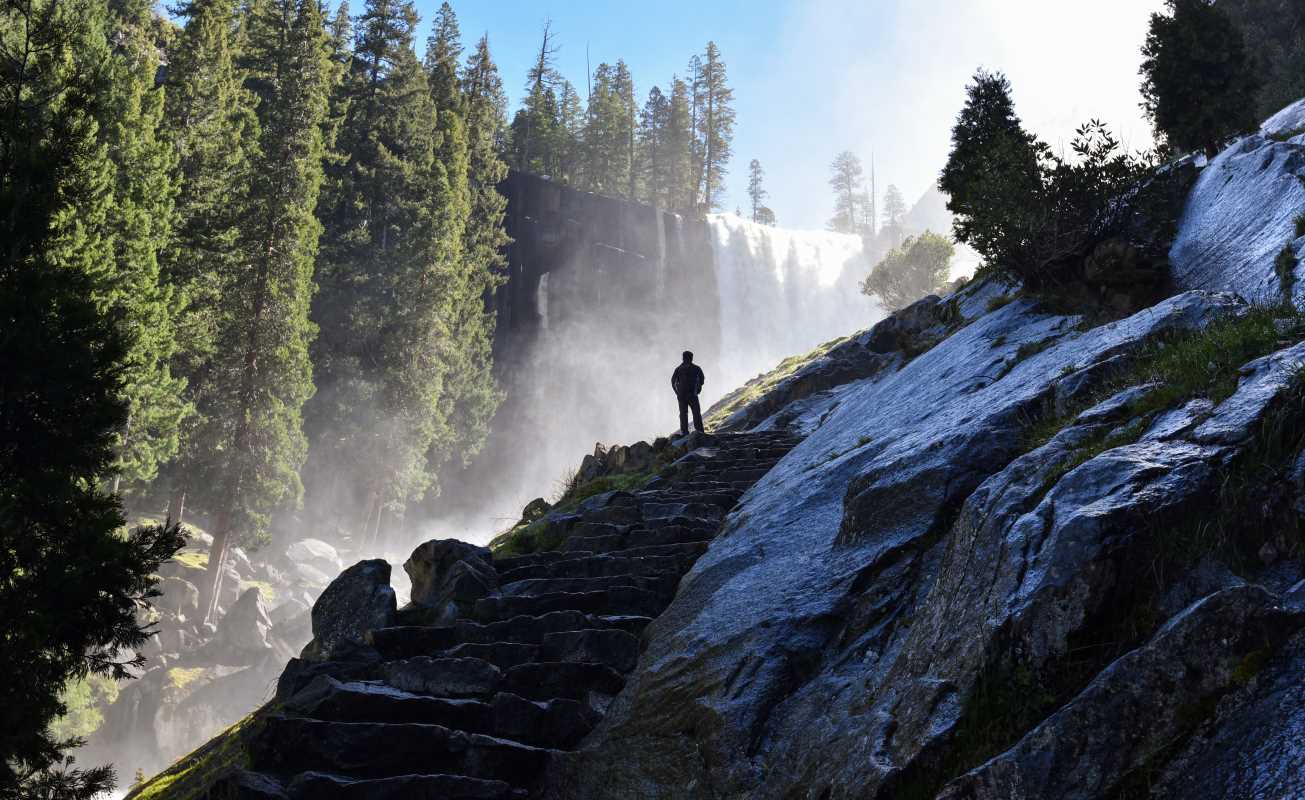When traveling the world, you might encounter landmarks that are universally recognized but pronounced differently depending on the language and culture. These variations in pronunciation can be both fascinating and educational, reflecting the diverse linguistic landscapes of our planet. Here’s a look at how different cultures pronounce some of the world’s most famous landmarks, offering insight into the rich tapestry of global language.
1. Eiffel Tower
- English: [Eye-fuhl Tower]
- French: [Ey-fel Tohr]
- Spanish: [Torre Eiffel] (pronounced as [Toh-reh Ey-fel])
- Japanese: [エッフェル塔] (Efferu Tō)
The Eiffel Tower, a symbol of Paris, carries a pronunciation influenced by its French origin. In English, the name is anglicized, while other languages adapt it to fit their phonetic systems. For instance, Japanese uses katakana to approximate the French pronunciation.
2. Colosseum
- English: [Kuh-loh-see-um]
- Italian: [Kol-o-sseo]
- German: [Kolosseum] (pronounced [Koh-loh-seh-oom])
- Mandarin Chinese: [罗马斗兽场] (Luómǎ dòu shòu chǎng)
The Colosseum in Rome is known for its grand architecture. The Italian pronunciation closely resembles its historical roots, while other languages adapt it phonetically or translate it, as seen in Mandarin.
3. Great Wall of China
- English: [Grayt Wawl of Chai-nuh]
- Chinese (Mandarin): [长城] (Chángchéng, pronounced [Chahng-chuhng])
- Spanish: [Gran Muralla China] (pronounced [Grahn Moo-rah-lyah Chee-nah])
- French: [Grande Muraille de Chine] (pronounced [Grahnd Moo-rye duh Sheen])
The Great Wall's name varies significantly across languages. Mandarin directly translates to "Long Wall," while other languages use adaptations that maintain the landmark’s geographical context.
4. Taj Mahal
- English: [Tahj Mah-hal]
- Hindi: [ताज महल] (Tāj Mahal, pronounced [Taaaj Mah-hal])
- Arabic: [تاج محل] (Tāj Mahal)
- French: [Taj Mahal] (pronounced [Tahj Mah-hahl])
This iconic mausoleum in India has a name that remains relatively consistent across languages. However, pronunciation nuances exist, reflecting local linguistic influences.
5. Statue of Liberty
- English: [Stat-yoo of Lib-er-tee]
- French: [Statue de la Liberté] (pronounced [Stat-yoo duh lah Lee-bair-tay])
- Spanish: [Estatua de la Libertad] (pronounced [Es-tah-too-ah deh lah Lee-ber-tad])
- Mandarin Chinese: [自由女神像] (Zìyóu nǚshén xiàng)
Given its French origins, the Statue of Liberty’s name in English has evolved while retaining some phonetic elements. In Mandarin, it’s a descriptive name meaning "Statue of Freedom."
6. Sydney Opera House
- English: [Sid-nee Op-ruh Howss]
- Australian English: [Sid-nee Op-ra Howss]
- Mandarin Chinese: [悉尼歌剧院] (Xīní Gējùyuàn, pronounced [Shee-nee Guh-jyoo-ywen])
- Spanish: [Ópera de Sídney] (pronounced [Oh-peh-rah deh Seed-ney])
The Sydney Opera House is known worldwide with variations in pronunciation reflecting local linguistic practices, from Australian English to Mandarin and Spanish.
7. Machu Picchu
- English: [Mah-choo Pee-choo]
- Spanish: [Machú Picchu] (pronounced [Mah-choo Pee-choo])
- Quechua: [Machu Pikchu] (pronounced [Mah-choo Peek-chu])
- French: [Machu Picchu] (pronounced [Mah-shoo Pee-shoo])
Machu Picchu, an ancient Incan city, retains its original Quechua pronunciation across most languages, with minor adaptations to fit different phonetic systems.
The pronunciation of global landmarks varies greatly depending on linguistic and cultural influences. Understanding these differences not only enhances your travel experience but also offers insight into how language shapes our perception of the world. By exploring these variations, we celebrate the rich diversity of human expression and cultural heritage.
(Image via Unsplash)
 (Image via
(Image via




